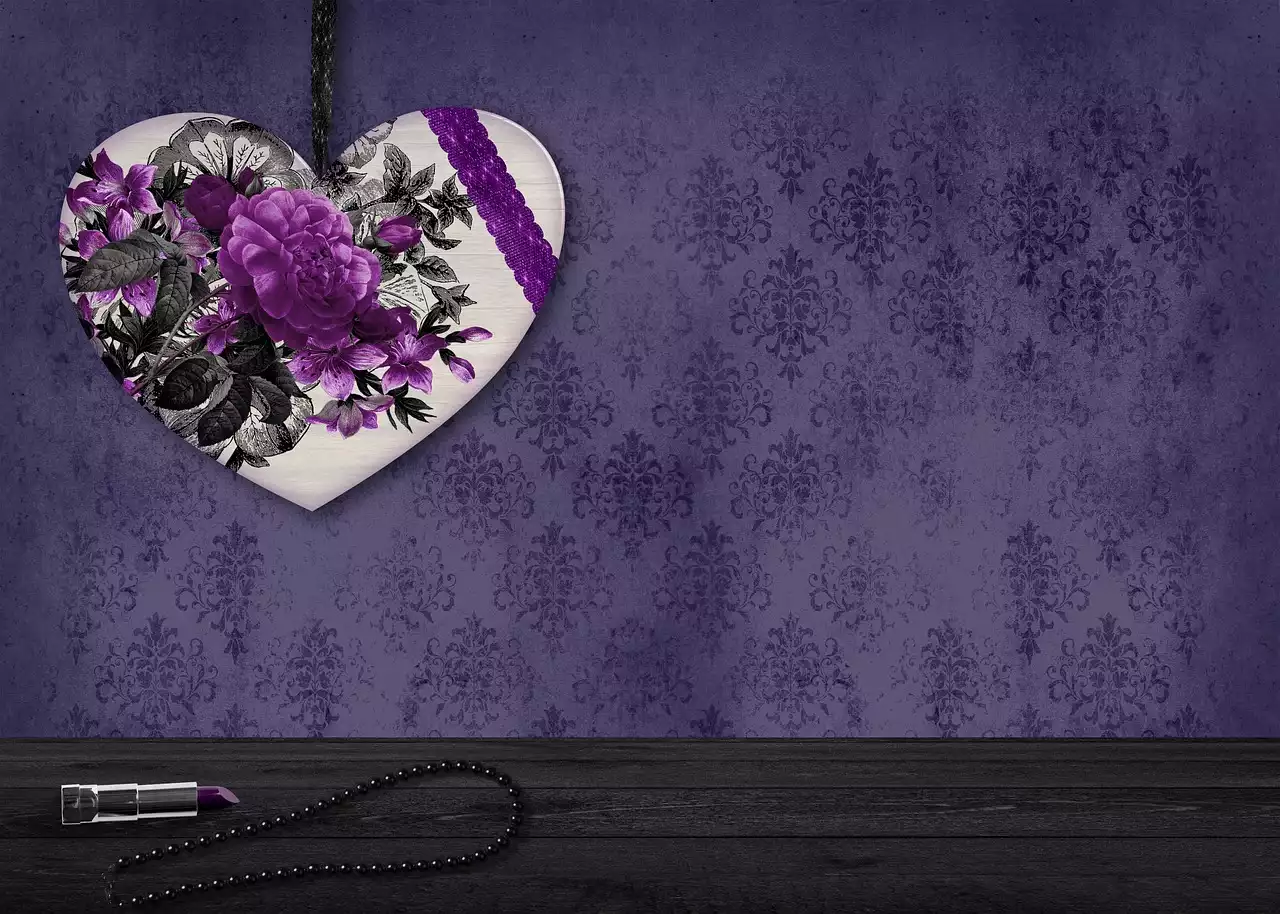A brief history of Valentine's Day
Valentine's Day is named after Saint Valentine, a Christian martyr who lived during the third century in Rome. The legend says that Saint Valentine was imprisoned and sentenced to death for performing weddings for soldiers who were forbidden to marry and for ministering to Christians who were persecuted under the Roman Empire. While in prison, he fell in love with the jailer's daughter and sent her a letter signed "From your Valentine" before his execution on February 14th, 270 AD.
The tradition of celebrating Valentine's Day as a day of love and romance began in the High Middle Ages when the day became associated with courtly love. In the 18th century, Valentine's Day became popular in England and France, and the tradition of exchanging cards and gifts among lovers and friends took hold.
The beginnings of Valentine's Day cards
The first Valentine's Day card is said to have been sent by Charles, Duke of Orleans, to his wife in 1415. The Duke was imprisoned in the Tower of London after being captured in battle during the Hundred Years' War. While in captivity, he wrote poems and letters to his wife, which he signed "Your Valentine."
The first printed Valentine's Day card was produced in the early 1800s by a British publisher named John Fairburn. The card featured a hand-colored engraving of a couple in love and a poem that read:
"Since on this ever Happy day, All Nature's full of Love and Play Yet harmless still if my Esteem Make not your fairest Prospect seem Forgive me if I cannot say The Love I bear thee ev'ry day."
This card was the beginning of the commercialization of Valentine's Day cards.
Victorian-era Valentine's Day cards
The Victorian era saw the rise of elaborate Valentine's Day cards, which were often handmade and decorated with lace, ribbons, and flowers. These cards were highly sentimental and often included love poems, romantic quotes, and images of Cupid, hearts, and doves.
One of the most popular types of Victorian-era Valentine's Day cards was the "puzzle purse." These cards were folded in such a way that they created a small envelope with multiple flaps. The recipient had to open each flap to reveal a hidden message or image.
The rise of mass-produced Valentine's Day cards
In the early 1900s, the printing industry began mass-producing Valentine's Day cards. These cards were often printed on colored paper and featured images of flowers, animals, and children. They were affordable and accessible to the masses, and soon became a popular way of expressing love and affection on Valentine's Day.
One of the most famous Valentine's Day card companies was Hallmark, which was founded in 1910. Hallmark produced a wide range of Valentine's Day cards, from sentimental and romantic to humorous and lighthearted.
The impact of technology on Valentine's Day greetings
The advent of technology has revolutionized the way we send Valentine's Day greetings. Today, we can send e-cards, text messages, and social media messages to express our love and affection. These digital greetings are often accompanied by images, videos, and music, making them more interactive and engaging than traditional cards.
The rise of social media has also led to the creation of Valentine's Day hashtags and challenges, where couples and friends share photos and stories of their love and affection.
Personalized Valentine's Day cards and gifts
Personalized Valentine's Day cards and gifts have become increasingly popular over the years. These cards and gifts are often customized with the recipient's name, photo, or message, making them more meaningful and special.
There are many online stores that specialize in personalized Valentine's Day cards and gifts, such as Shutterfly and Personal Creations. These stores offer a wide range of products, from custom mugs and photo frames to engraved jewelry and love books.
Creative DIY Valentine's Day card ideas
DIY Valentine's Day cards are a great way to show your love and affection in a unique and creative way. There are many DIY Valentine's Day card ideas that you can try, from handmade pop-up cards to love coupons and scratch-off cards.
Some of the materials that you can use to make DIY Valentine's Day cards include colored paper, glue, glitter, stickers, and markers. You can also use digital tools such as Canva and Adobe Spark to create custom designs and print them at home.
The future of Valentine's Day cards and greetings
The future of Valentine's Day cards and greetings is likely to be more personalized and interactive. We can expect to see more digital greetings that incorporate augmented reality and virtual reality technologies, making the experience more immersive and engaging.
We can also expect to see more eco-friendly Valentine's Day cards and gifts that are made from sustainable materials and have a minimal impact on the environment.
Valentine's Day cards and greetings have come a long way since the first Valentine's Day card was sent in the 15th century. From handmade cards to mass-produced cards and digital greetings, Valentine's Day cards and greetings have evolved with the times.
Whether you prefer traditional cards or digital greetings, the most important thing is to express your love and affection in a way that is meaningful and sincere. So, this Valentine's Day, take the time to show your loved ones how much you care, and let them know that they are cherished and appreciated. Happy Valentine's Day!









